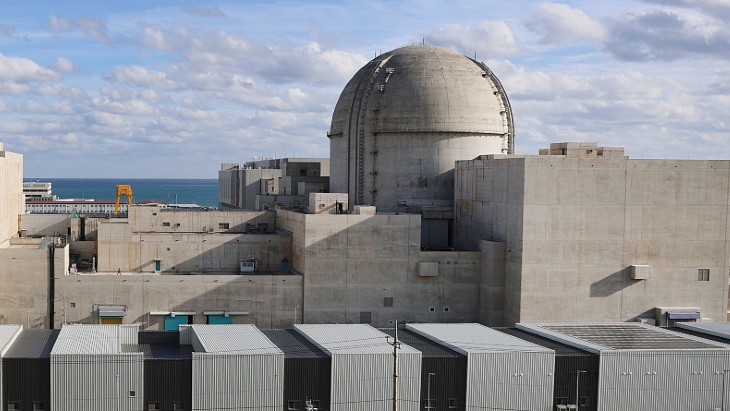Thousands of Naraha residents can return to homes and businesses during daylight hours now that the Fukushima municipality's evacuation order has been lifted.
The town lies 13 kilometres to the south of Fukushima Daiichi nuclear power plant that suffered a multiple reactor accident and radiation release after the natural disasters of 11 March 2011. The town's border includes a portion of the Fukushima Daini plant that also saw an emergency situation last year. All of the municipality's 7200 residents were evacuated by the end of April 2011, but the area did not suffer any serious radioactive contamination.
Now, Japanese authorities consider the area safe for daylight visits with no need for monitoring equipment or protective clothing. This means people may return to businesses and properties, a large number of which need serious repair or even total redevelopment as a result of the earthquake and tsunami.
Naraha town centre is separated from the sea by just two kilometres of flat farmland, whereas the tsunami was 15 metres in height.
Controls on entry to the area were relaxed at midnight on 10 August by the Ministry of Economy, Trade and Industry (METI). It is the fourth revision the ministry has made as it assesses evacuated areas and works towards normalisation of as much as possible. At the same time it changed restrictions at sea, reducing the no-go zone for shipping from 20 kilometres to five.
The Japanese government employs a traffic-light system to describe the status of the different areas: Residents may return at will to areas marked green to visit and work without the use of protective equipment. The only restriction is that they may not stay overnight. The radiation dose rate for a person living in these areas would be less than 20 millisieverts per year - the government's benchmark for permanent return.
In the orange 'restricted' areas people can carry out specific jobs without being monitored or using protective equipment. Dose rates in these areas are between 20 and 50 millisieverts per year. People entering these zones are advised to avoid doing so unnecessarily, to refrain from working outdoors, to use cars rather than to walk for more than a short period and to wash upon re-entering a building. Residents were told not to drink water from rivers, but that tap water would present no problem.
The third category of area is known as 'difficult' to return to because of an ambient dose rate of over 50 millisieverts per year, which is not expected to go below 20 millisieverts per year before March 2016 - five years after the accident. Entering these two purple-coloured areas is possible for purposes in the public interest, although people doing so should use monitors and protective gear.
Researched and written
by World Nuclear News


.jpg)
.jpg)



_72306.jpg)


_49562.jpg)





